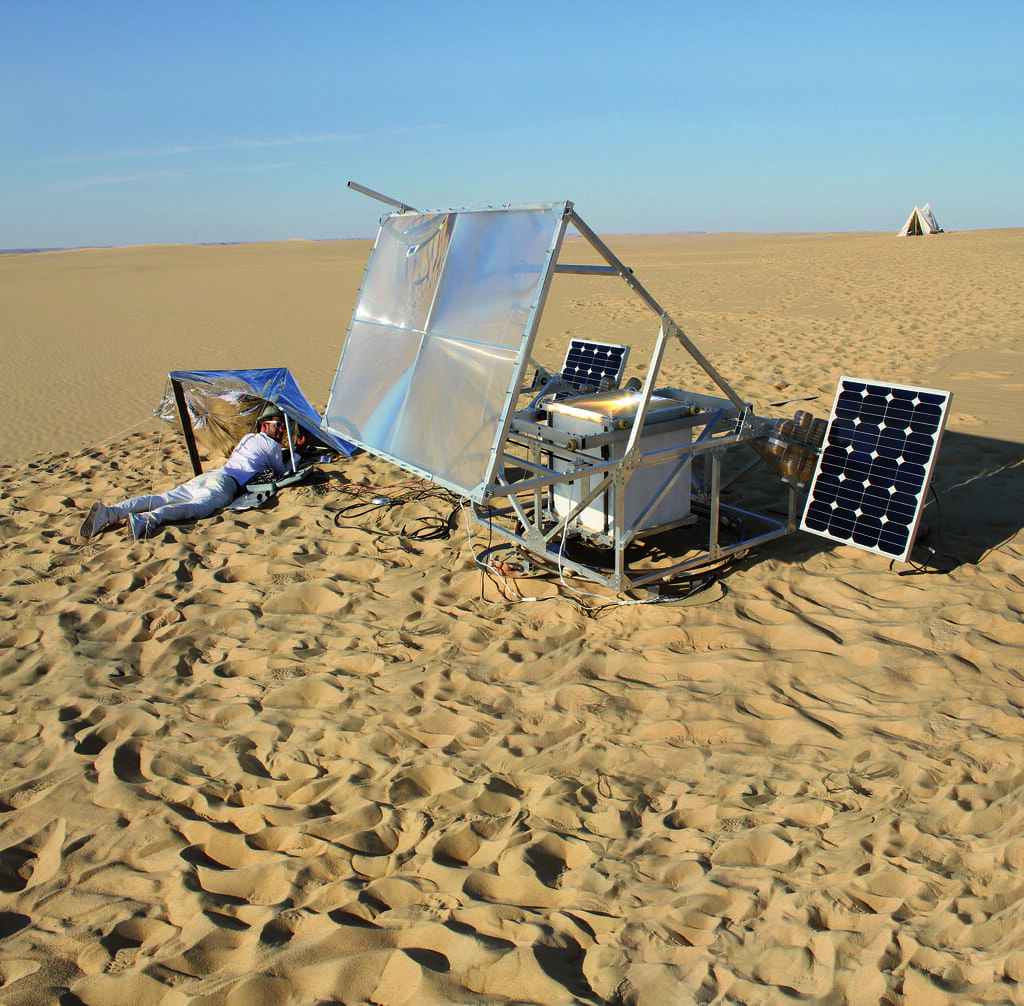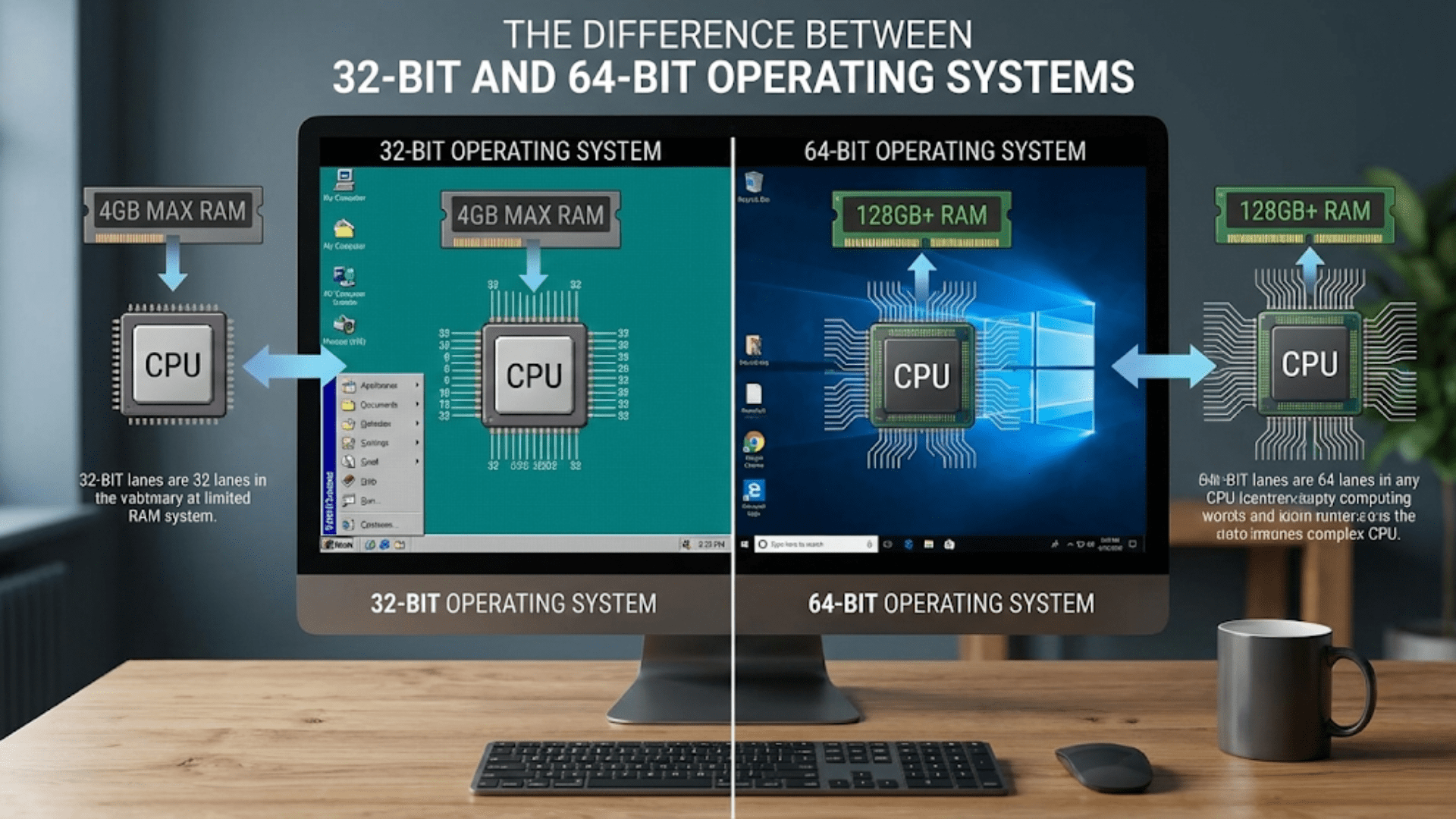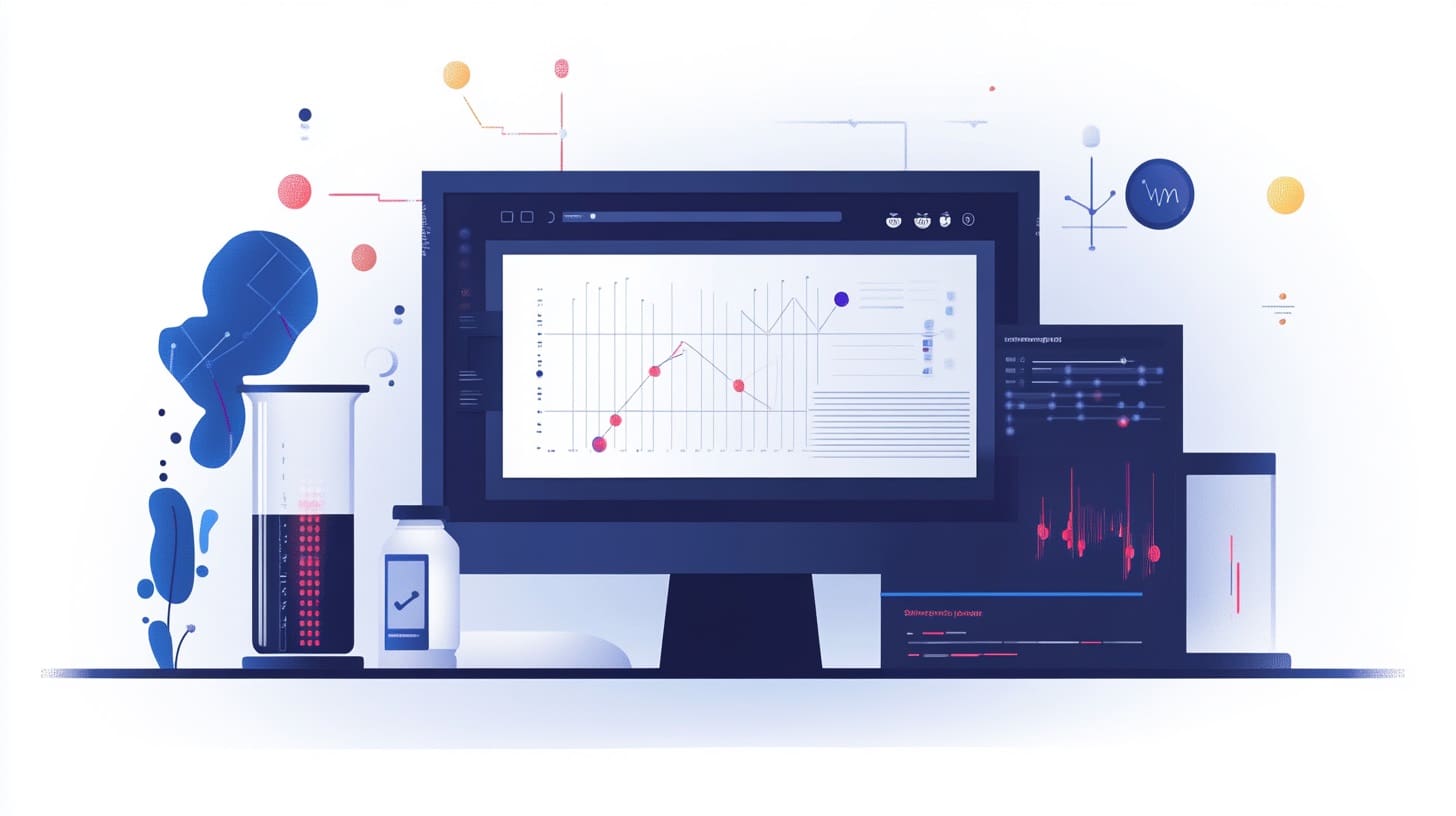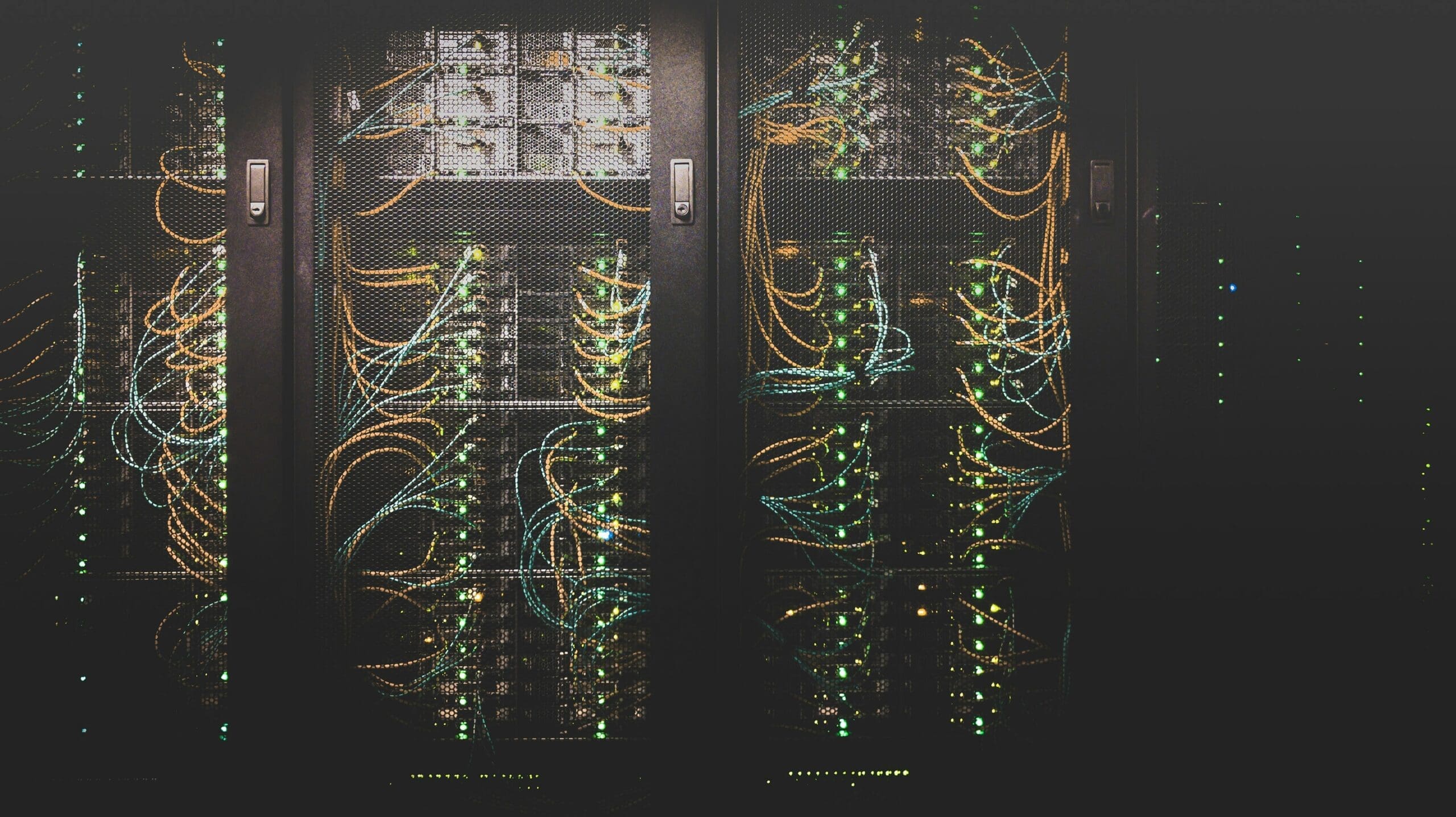As the global demand for renewable energy sources surges, solar power remains at the forefront of sustainable initiatives. 3D printing, or additive manufacturing, is emerging as a transformative technology within this sector, enhancing how solar power plants are designed, built, and maintained. This innovative manufacturing approach offers substantial improvements in efficiency, cost-effectiveness, and customization, making solar energy systems more accessible and effective than ever before.
The Emergence of 3D Printing in Solar Power Engineering
Initially utilized for prototyping in various industries, 3D printing has rapidly expanded its capabilities to include the production of functional, end-use components suitable for the harsh environments of solar power plants. This transition is fueled by advancements in 3D printing technologies and materials that can withstand extreme weather conditions and prolonged exposure to sunlight. Today, 3D printing is not only reshaping the production of solar panels and structural components but also revolutionizing maintenance and repair processes in solar energy facilities.
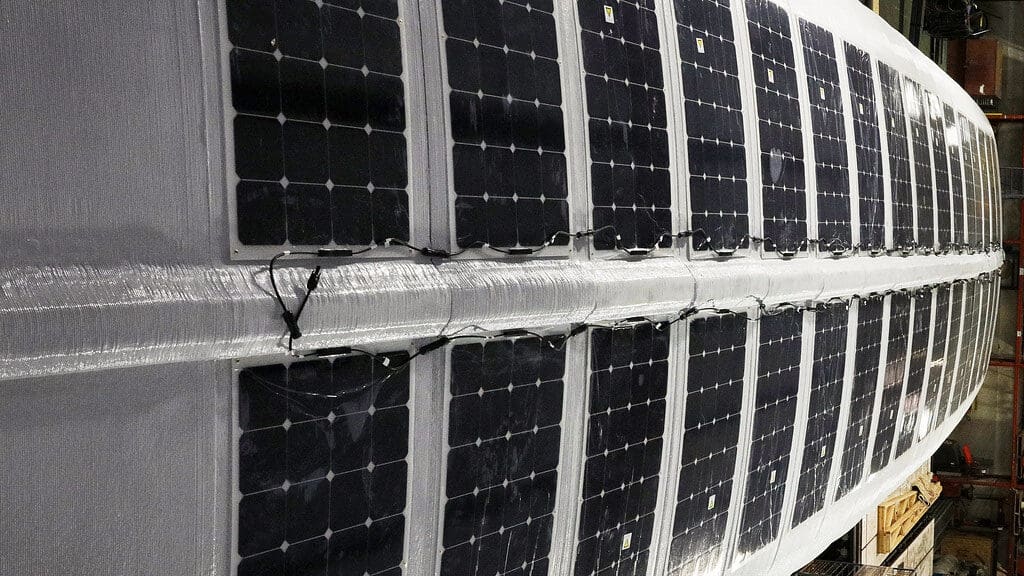
Advantages of 3D Printing in Solar Power Plants
Innovative Component Design: 3D printing allows for the creation of complex, optimized structures that traditional manufacturing methods cannot achieve. This capability is especially beneficial in designing solar panel mounts, tracking systems, and cooling devices that improve the efficiency and durability of solar installations.
Rapid Prototyping and Iterative Design: The ability to quickly produce prototypes enables engineers to test and refine their designs efficiently, accelerating the development of new solar technologies and enhancements.
Material Efficiency: Additive manufacturing minimizes waste by using only the material necessary to build a part, aligning with the sustainability goals of the solar industry. This efficiency reduces the cost and environmental impact associated with raw materials.
Customization and Flexibility: 3D printing offers unparalleled customization opportunities, enabling solar power plants to tailor components to specific site conditions, maximize land use, and even adapt to unique aesthetic requirements, which is particularly important in urban environments.
Reduced Maintenance and Downtime: By allowing for on-site production of replacement parts, 3D printing can significantly reduce downtime and improve the efficiency of maintenance operations at solar power plants.
Key Applications of 3D Printing in Solar Power Plants
Solar Panel Frames and Mounting Systems: 3D printing is used to produce lightweight, durable frames and mounting systems that are crucial for the structural integrity and alignment of solar panels. These components can be designed to optimize sun exposure and withstand environmental stresses.
Cooling Systems: Efficient cooling systems are vital for maintaining the performance of solar panels. 3D printed components can be used to create intricate cooling channels and heat sinks that enhance the thermal management of solar installations.
Custom Connectors and Junction Boxes: Electrical connectors, junction boxes, and cable routing systems, essential for the safe and efficient operation of solar power plants, can be precisely and quickly produced through 3D printing.
Replacement Parts and Tools: 3D printing enables the on-demand production of bespoke tools and replacement parts that are often required for the specialized equipment used in solar power operations.

Challenges in 3D Printing for Solar Power Plants
Despite its potential, the integration of 3D printing in solar power engineering faces several challenges:
Material Durability: Ensuring that 3D-printed materials can endure long-term exposure to harsh solar radiation and environmental conditions is crucial. The development of UV-resistant and temperature-tolerant materials is ongoing.
Scaling Production: While 3D printing is highly effective for producing prototypes and custom parts, scaling the technology to accommodate large-scale production required by major solar installations presents significant technical and economic challenges.
Certification and Standards: Solar power components manufactured via 3D printing must meet rigorous industry standards and certifications. Establishing a framework for testing and approval can be complex and time-consuming.
Future Directions in 3D Printing for Solar Power Plants
The future of 3D printing in the solar power industry looks promising, with ongoing advancements in printer technologies, materials science, and digital modeling expected to enhance its applications and efficiency. Innovations in multi-material printing and automated production processes are likely to enable broader adoption of 3D printing, further reducing costs and improving the performance of solar power systems.
3D printing is poised to continue its transformative impact on the solar power industry, providing innovative solutions that enhance the design, functionality, and sustainability of solar installations. As the technology evolves, it promises to play a crucial role in meeting global energy demands sustainably, driving forward the development of more efficient and cost-effective solar power solutions.

